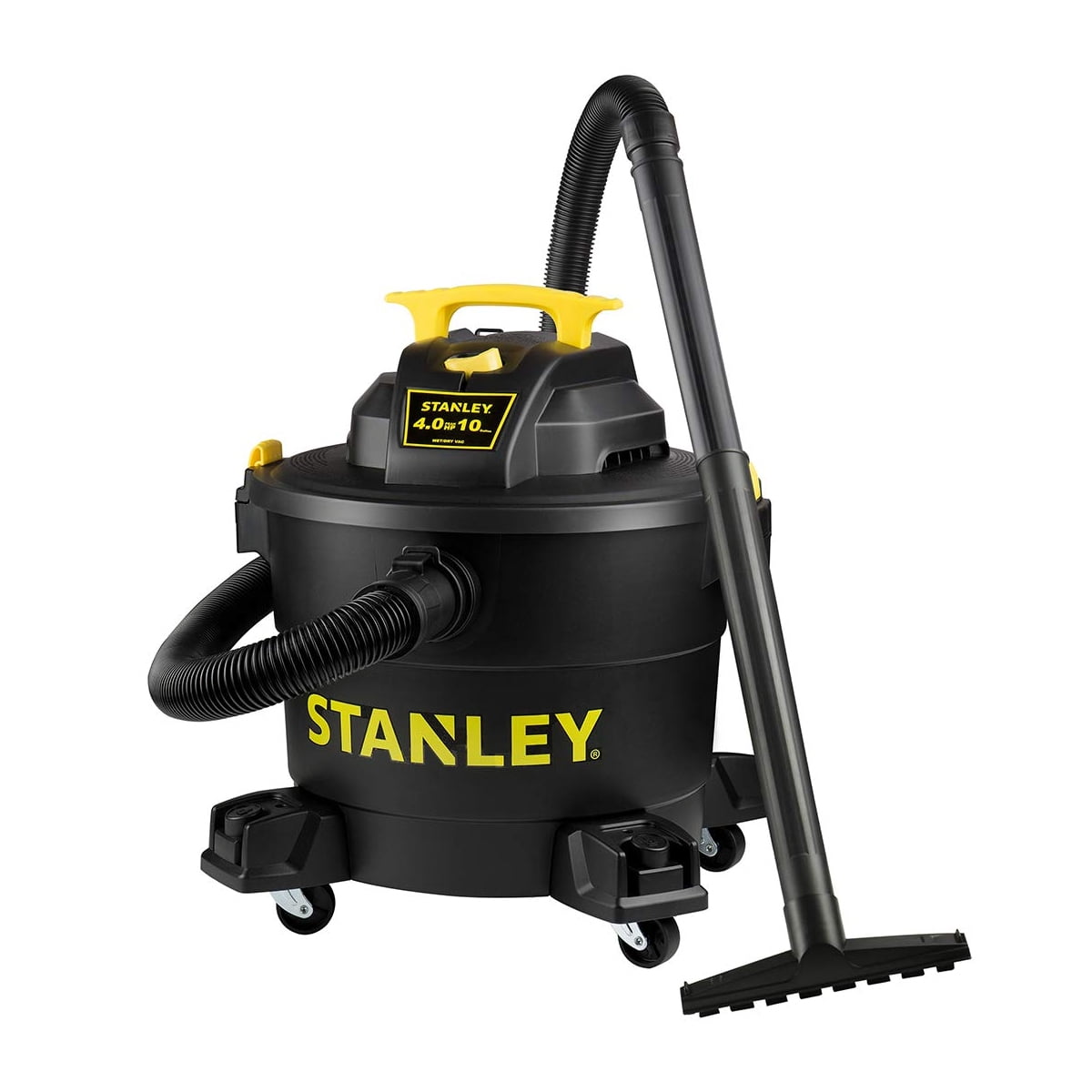Utilizing a wet/dry vacuum cleaner can be a revolutionary tool when it comes to dealing with clutter around your residence or workshop. These flexible devices can handle a variety of materials from liquid spills to large waste, making them an vital tool for both cleaning aficionados and contractors alike. But, once you've efficiently collected all that unnecessary waste, it's crucial to know how to safely handle it correctly. Correct disposal not only keeps your area tidy but also preserves the surroundings and promotes safe practices.

When it comes to clearing out your wet dry vacuum cleaner, there are a few key considerations to keep in mind. Different types of waste require varied disposal methods. If you're dealing with water, dirt, or hazardous substances, understanding how to handle every kind of waste will help you care for your vacuum and foster responsible waste management. In this write-up, we'll guide you through the steps to safely handle the waste collected by your wet dry vacuum cleaner safely and securely.
Grasping Wet Dry Vacuums
Wet & dry vacuum cleaners are versatile cleaning devices engineered to handle liquid and solid debris. In contrast to traditional vacuums that are confined to dry materials, wet dry vacuums can efficiently clean up spills, mud, and even large piles of dirt. This makes them perfect for multiple settings, including workshops, garages, and homes, where multiple types of messes are ordinary.
These vacuums typically feature a robust motor and a durable container that can handle the collection of water and weighty debris. They come with a range of attachments that boost their functionality, like hoses, nozzles, and filters, allowing users to tailor their cleaning experience based on the task at hand. Whether tackling a flooded area or picking up sawdust, a wet dry vacuum offers strong suction and versatility.
Using a wet dry vacuum can simplify your cleaning routine and make it more efficiency. Tineco vacuum to toggle between wet and dry cleaning reduces the need for various devices, conserving both space and time. As you become familiar to how to operate and maintain a wet dry vacuum, you’ll discover its many advantages for all your cleaning needs.
Best Guidelines for Trash Management
When using a wet/dry machine, it is essential to properly manage the accumulated refuse to avoid ecological harm and comply with regional guidelines. First, determine the category of waste you have gathered. If it has toxic substances such as toxic substances or paints, find out the specific disposal guidelines for these substances in your area. Many jurisdictions have designated dangerous waste management centers where you can safely drop off these materials.
For non-hazardous waste, such as dust, rubble, or spilt liquids, you should still think about the method of disposal. Solid waste can typically go into the standard trash, but be sure to seal it in a package to prevent any mess. If you have liquid waste, pour it down the drain or commode if it is acceptable) to do so, but confirm that it does not have harmful chemicals. Always flush the pipes with clean water afterward to limit any potential residue.
Finally, remember to clean your wet dry vacuum cleaner after removing the trash. Rinse out the container per the manufacturer's recommendations to prevent unpleasant smells and the buildup of microbes. Regular upkeep not only extends the life of your vacuum but also ensures that it works efficiently for your next hygiene effort.
Environmental Issues
Utilizing a wet dry vacuum cleaner can lead to the build-up of different types of waste, including dust, debris, and water. It is important to reflect on how to dispose of these materials in an environmentally friendly way. Many of the materials collected can be reclaimed or composted, which helps minimize waste sent to dump sites. By knowing the nature of the waste you collect, you can make educated decisions about disposal options that align with sustainability initiatives.
When handling liquid waste collected by your wet dry vacuum cleaner, be mindful about the materials involved. If the liquid contains hazardous substances or elements, it is vital to follow local regulations for dangerous waste disposal. Many municipalities offer designated sites for responsible disposal of such waste, ensuring that it does not contaminate water supplies or threaten local ecosystems. Proper disposal procedures help protect the health of the environment and avoid potential adverse impacts.
For solid waste, reflect on sorting recyclable materials like plastics and metals before disposal. Many items collected by your wet dry vacuum cleaner can be recycled through local programs, aiding to resource conservation. By putting in the work to organize and recycle, you promote a circular economy and advance the responsible use of resources, helping both your community and the environment as a collective.
